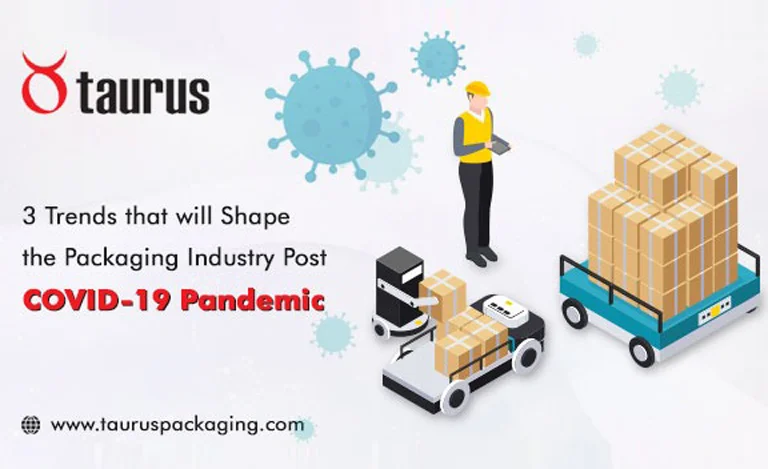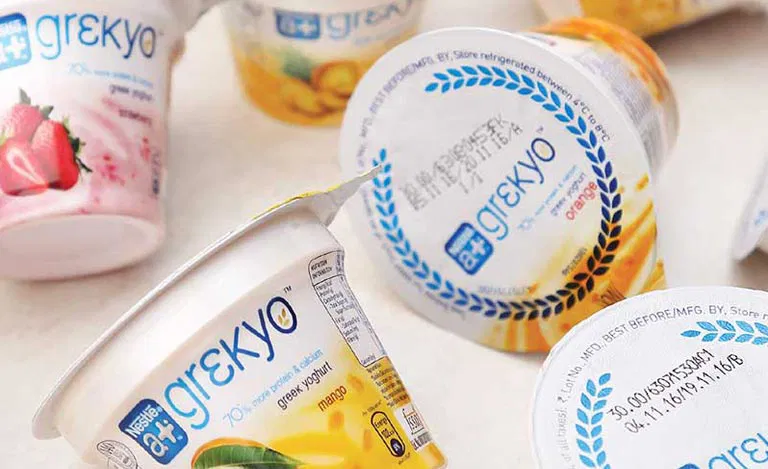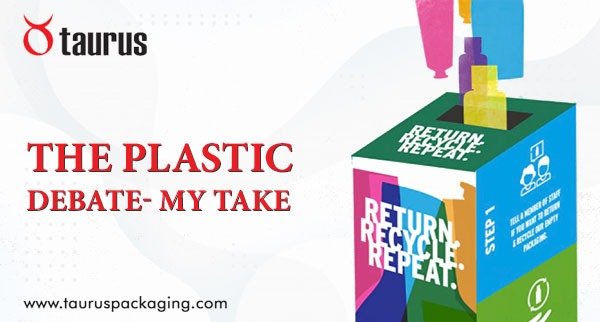3 Trends that will Shape the Packaging Industry Post COVID-19 Pandemic
 COVID-19 pandemic will affect every human and each country directly or indirectly.
COVID-19 pandemic will affect every human and each country directly or indirectly.
There is no precedence like it in this generation, and we can’t fully predict the impact this pandemic will leave on us, society, businesses and habits.
I have been trying to understand and gathering information on how post-Coronavirus, our packaging industry will change. I have also spoken to a lot of industry professionals and experts during this lockdown to understand the impact of COVID-19 on our industry.
The initial impact of the coronavirus crisis on the packaging industry will be very predictable. Demand for the packaging of groceries, basic food essentials and healthcare products will rise sharply. At the same time, demand for industrial, luxury and some institutional packaging could decline.
The impact on packaging players will depend on their portfolios and exposures to different regions, end uses for packaging and substrates. A study of the US consumer market done by McKinsey & Co. a trend that can be extrapolated globally.

Consumers are unlikely to risk moving out and shop a lot in brick and mortar stores sighting vulnerability to the virus.
This will be more true after lockdown lifts when people would want to avoid going to crowded stores. Industry associations and government bodies have already warned of a recession bigger than the one in 2008. Consumerism will go down, as people will have low disposable income to spend on luxury and non-essential products. Economic concerns will drive low sales of many products available in pre-COVID days.
There is already a temporary surge in the sale of essential FMCG products, but the sale of many non-essential and not-so-essential FMCG products will remain low for the near future. I can see certain new trends emerging out of this whole scenario. This is based on my understanding of consumer behaviour during the Coronavirus crisis, feedback from industry professionals, buyers and general human nature.
New Brand try-outs: With availability and options a luxury due to travel restrictions, the consumer is driven to buy whatever brand is available in the nearest accessible grocery shop, departmental store, corner shops and e-commerce deliveries. Due to certain industries locked down, transportation is still an issue, many brands (small, mid and major) are not able to service their supply chain normally. This has forced retailers to stock newer or alternate brands and consumer is not shying away from buying them.
This will most likely turn away the consumer from his/her brand loyalty and drive sales up for others. Market penetration for many alternate brands will increase. Many such consumers are trying cheaper brands also due to economic reasons. Will this shift in the brand going to hold, that still remains to be seen, but the consumer has definitely started trying new options.
Smaller Volumes: With demand for non-essential FMCG products going down, it is going to affect purchase decisions for FMCG companies. Many bigger companies might be able to retain or bring back their volumes, but others might have to accept the new reality of smaller sales for non-essential products. New products will still get launched, but the industry might try out with smaller launch sizes to taper off the risk in the new post-COVID market. Demand for smaller packaging requirements is bound to shoot up in especially Personal care and household goods. Even in essential food segments, with many brands losing their client to others, might be driven to scale down their requirement for the time being for certain products.
The demand for Hygienic Food Packaging: Consumers will not be going to crowded restaurants anymore. After the recent case of food delivery boy found to be CoronaPositive, the demand for food delivery will go dip. People will avoid eating out or ordering out. Consumers will avoid buying loose food items like atta, dal, sugar etc. with obvious reasons of hygiene. This will directly scale up demand for packaged food which will ensure that the food is untouched, clean and ward off coronavirus risk. They are going to look out for hygienic packaged food. Single-use plastic- a misused term till now, will come out as a boon to mankind when we are going to prefer non-reusable packaging for our consumption. Yes, single-use plastic will finally get its due importance.
Consumers will be more aware of unpacked foods, knowing the risks of contamination by the virus. They will discard unpacked products and prefer plastic packaging for their safety and security. Moreover, with restaurants, catering, hotel industry seeing a dip in customer demand, the requirement of bulk packaging will be replaced by retail packaging, when the consumer will prefer to simply eat at home.
The sustainability agenda of the packaging industry will be severely affected.
FMCG industry will demand economical alternates to reduce costs. Companies that have moved from “unnecessary” plastic packaging to “sustainable” alternates will return to plastic packaging. Consumers will be concerned about hygiene and food safety, due to the COVID-19 pandemic and it will be expected of them to prefer plastic packaging and single-use plastics more than ever- at least till the near future. The plastics will now get its due importance from the consumer due to the advantages of hygienic plastic packaging that will overweigh concerns of recycling and plastic wastes.
Overall, the packaging industry will see a reduced demand but with a shift from bulk packs to retail packs and smaller volumes. Consumer choices will force a reduction in demand but the industry will have to adjust itself to the new normal. The sooner, we are able to do it, the better.
While challenging times are certainly ahead for the packaging industry, pockets of newer opportunities have been created in the market and can be capitalized by proactive manufacturers and converters.
Written By
Chetan Jain
Author | Packaging and Shrink sleeve Expert | Entrepreneur




